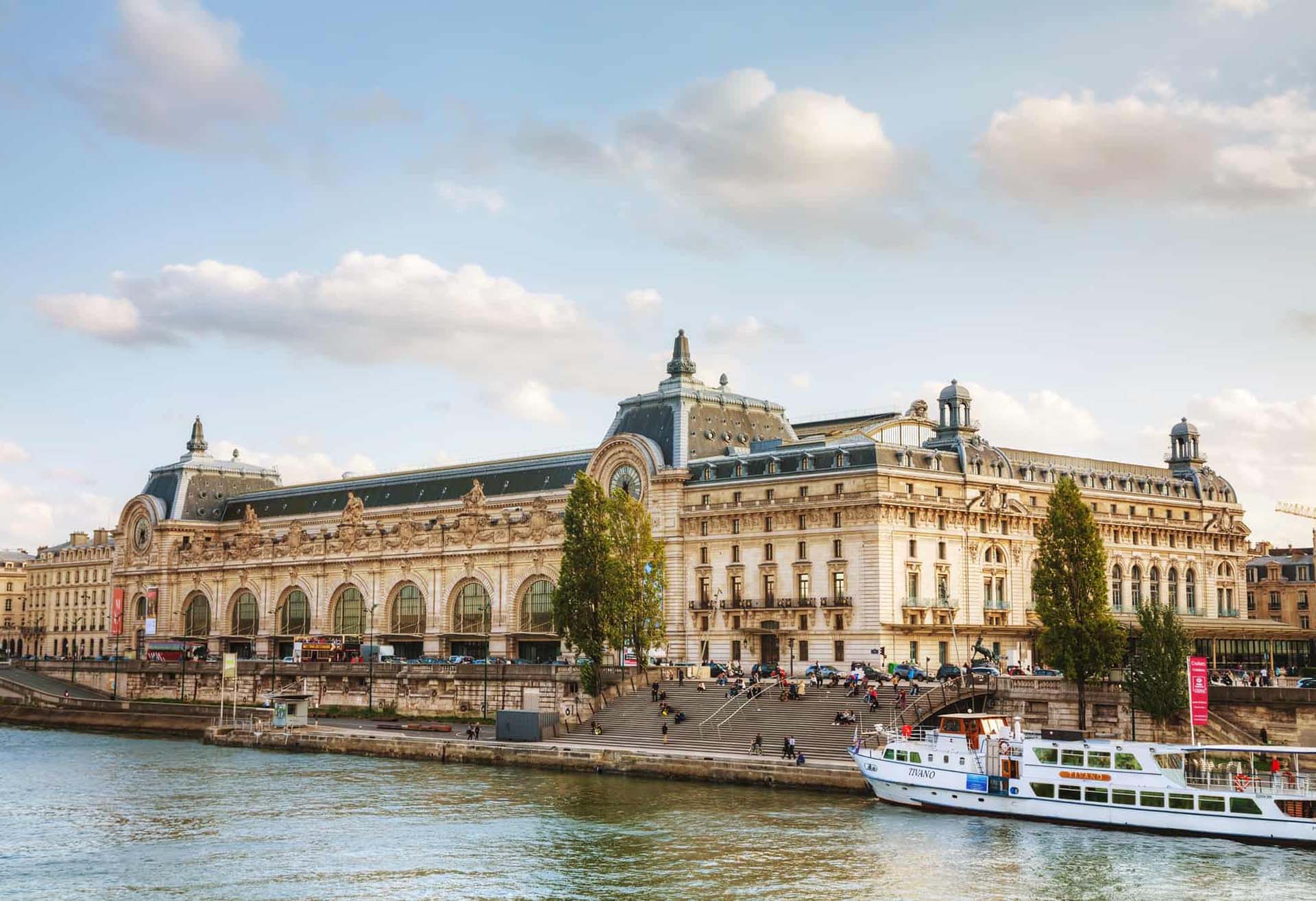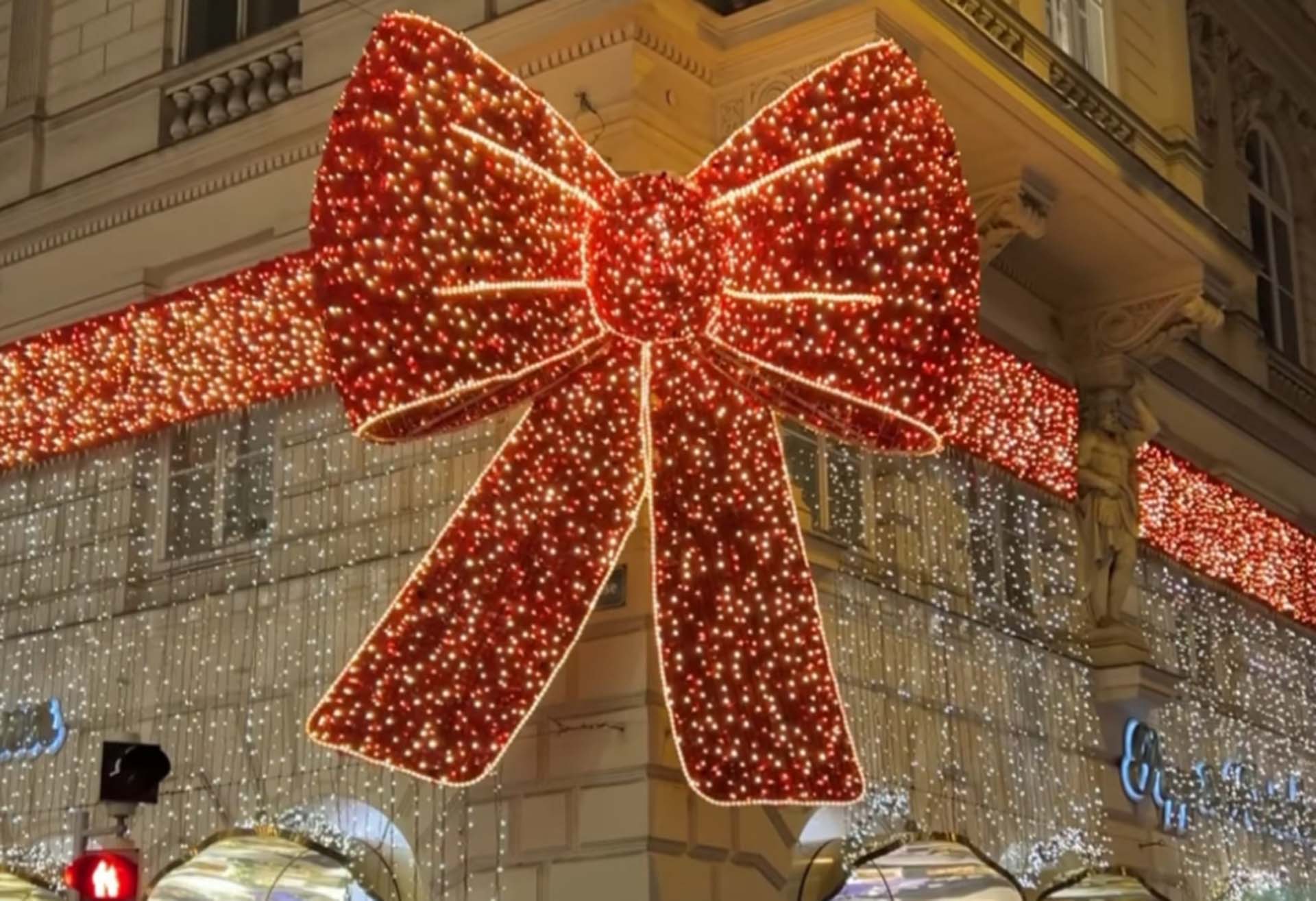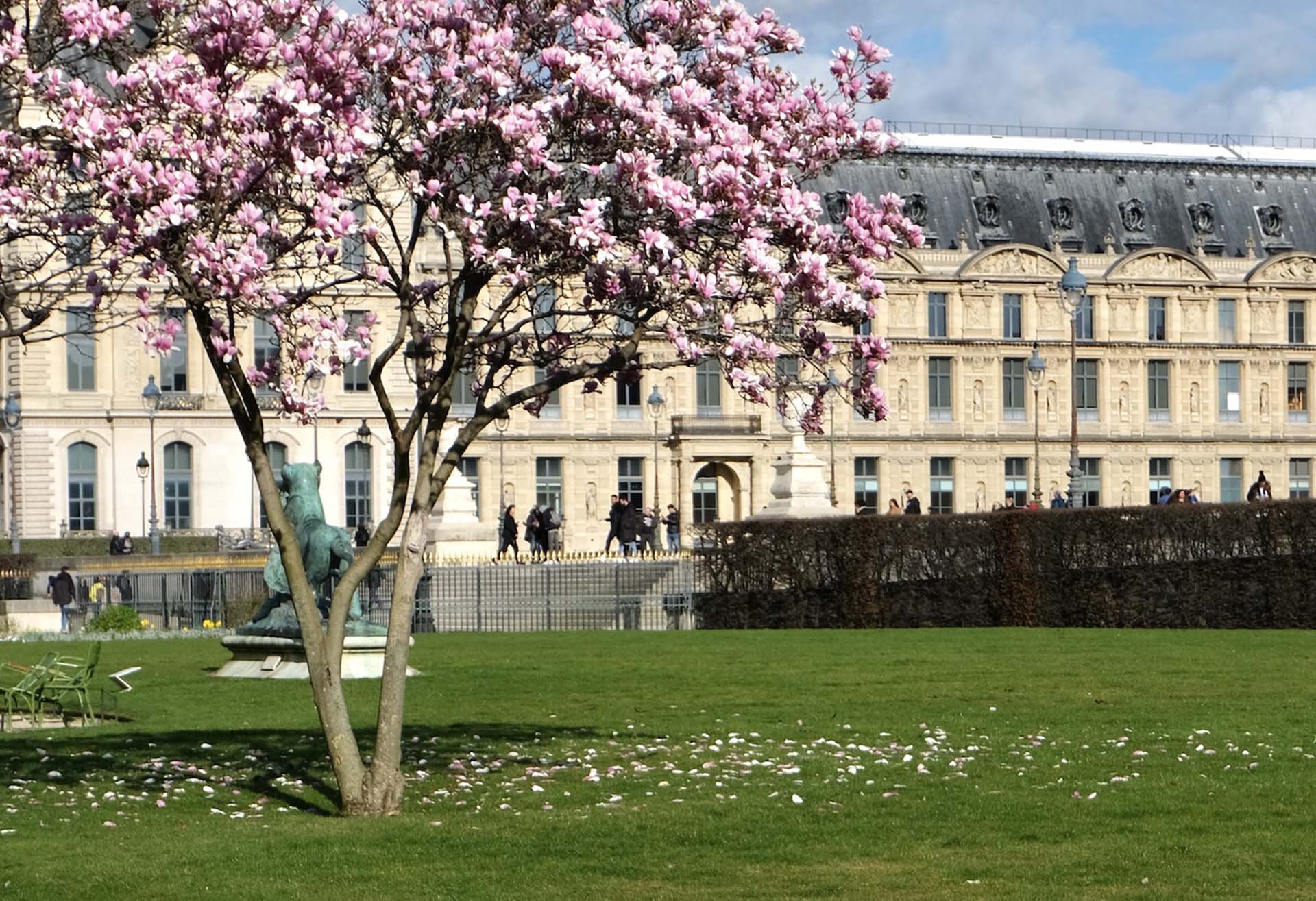Exploring French Culture: A Journey through Musée d’Orsay’s Artistic Tapestry
The Musée d’Orsay holds a prominent place in the world of art and culture, primarily due to its extensive collection of French art from the mid-19th century to the early 20th century. Converted from a former railway station into a museum, its significance lies in being a treasure trove of Impressionist and Post-Impressionist masterpieces, showcasing the evolution of art during a crucial period in French history.
For art enthusiasts and explorers, delving into the Musée d’Orsay is like embarking on a visual journey through time. The museum’s galleries are adorned with works by iconic artists such as Monet, Van Gogh, Renoir, Degas, and countless others, each piece reflecting the artistic zeitgeist and cultural shifts of its era. The museum’s architecture itself is a marvel, seamlessly blending the historic grandeur of the former train station with the modernity necessary to exhibit priceless artworks.
As an art venue, Musée d’Orsay not only exhibits paintings but also sculptures, decorative arts, photography, and other forms of expression, providing a holistic view of the artistic endeavors prevalent during the time. Its role in preserving and displaying these artworks contributes significantly to preserving and celebrating French cultural heritage, making it a must-visit destination for anyone eager to explore and appreciate the rich tapestry of artistic expression in France.
Arriving at Musée d’Orsay
If I were planning to visit the Musée d’Orsay, there are several transportation options available to reach the museum, each with its own advantages based on convenience, cost, and the overall experience.
Public Transport: Using the Paris Métro or RER train system is one of the most convenient and cost-effective ways to reach the museum. The Musée d’Orsay is situated along the Seine River, making it easily accessible by public transport. Stations like Solferino (Line 12) and Musée d’Orsay (RER C) are in close proximity, offering a direct route to the museum. The cost is relatively low compared to other modes of transport, and the frequency of trains during the day makes it a practical choice.
Taxi or Ride-Sharing Services: Opting for a taxi or ride-sharing service provides a more personalized and direct mode of transport. While it might be more expensive than public transport, especially during peak hours or if there’s heavy traffic, it offers convenience and comfort, dropping you off right at the museum’s entrance without the hassle of navigating public transport.
Walking or Cycling: If the weather permits and the distance isn’t too far, walking or cycling to the museum can be a delightful experience. Paris is a beautiful city, and strolling along the Seine River or cycling through its streets offers a chance to soak in the city’s ambiance and discover hidden gems along the way. It’s cost-effective and allows for a more immersive experience.
When considering these transportation options, I’d weigh factors such as budget, convenience, and the overall experience I desire. Public transport is budget-friendly and efficient, while taxis or ride-sharing services offer convenience at a slightly higher cost. Walking or cycling might take longer but could offer a more intimate experience of the city. Ultimately, the choice depends on personal preferences and the specific circumstances of the visit, but all options provide a chance to appreciate the beauty of Paris en route to the iconic Musée d’Orsay.
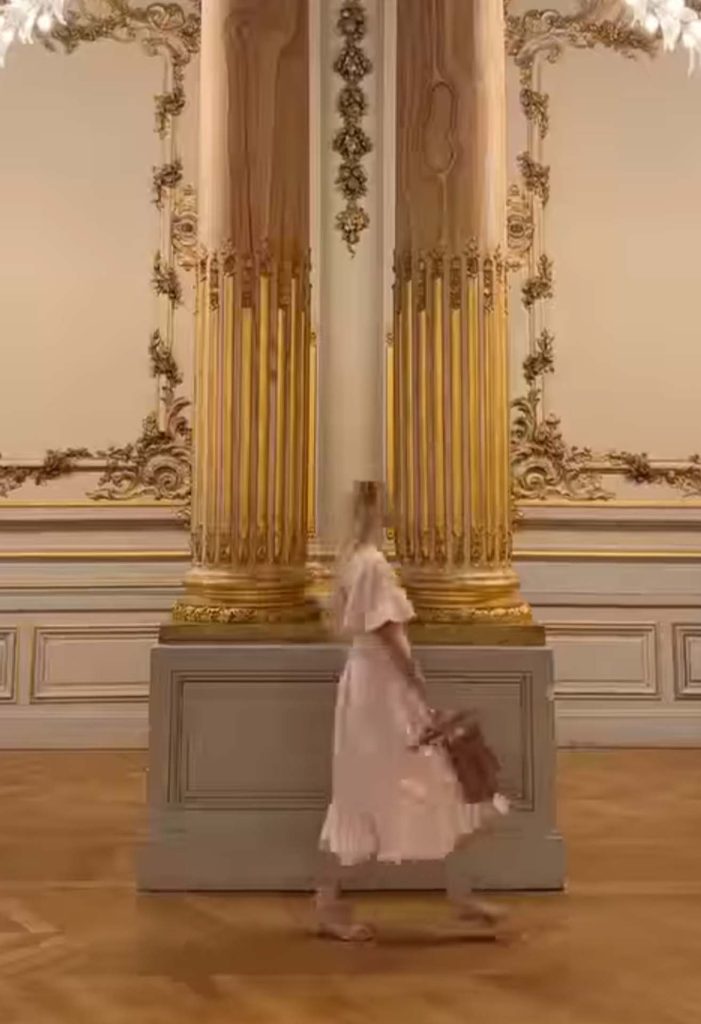
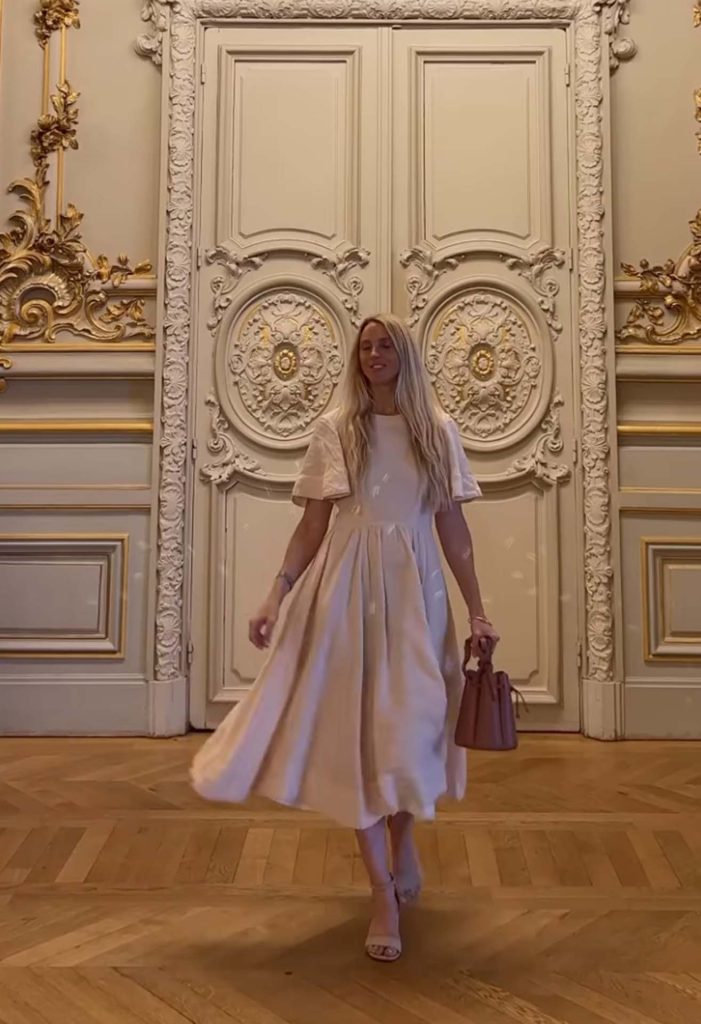
Immersing in the Artistic Ambiance
Stepping into the Musée d’Orsay is like entering a realm where time, art, and history converge. My first visit left an indelible impression. As I crossed the threshold, the grandeur of the former railway station’s architecture struck me immediately. The vast, open hall with its soaring ceilings and the intricate ironwork of the grand clock that presides over the main gallery instantly captivated my attention.
The architectural beauty of the museum is nothing short of breathtaking. The building’s Beaux-Arts style, featuring ornate ironwork and expansive glass roofs, creates a sense of spaciousness and luminosity. The natural light flooding in through the arched windows illuminates the artworks, casting a soft glow that enhances every brushstroke and detail. The museum’s design, a fusion of historic charm and modern functionality, complements the artworks exquisitely, offering a harmonious setting for artistic exploration.
The ambiance within the Musée d’Orsay is one of reverence and wonder. As I wandered through the galleries, I found myself surrounded by a treasure trove of masterpieces—Monet’s dreamy landscapes, Van Gogh’s emotive brushstrokes, the delicate sculptures, and the captivating sculptures—all curated meticulously to narrate the story of art’s evolution during that pivotal period.
For those looking to plan a visit, booking tickets in advance is highly recommended to avoid long queues. Tickets can be purchased online through the museum’s official website or various ticketing platforms. The museum offers various ticket options, including standard admission, reduced rates for students and seniors, as well as free entry for certain groups. Opening hours typically span from morning till early evening, but it’s advisable to check the museum’s schedule in advance as timings may vary.
Ticket prices vary depending on the type of admission and any ongoing exhibitions. Additionally, the museum often offers combination tickets or passes that grant access to multiple museums within a specified period, providing excellent value for art enthusiasts planning to explore several cultural venues during their stay in Paris.
Overall, the Musée d’Orsay is not just a repository of art; it’s an immersive journey through time and creativity, a place where the beauty of art meets the splendor of architecture, leaving visitors enriched and inspired by the experience.
Exploring Favorite Artworks
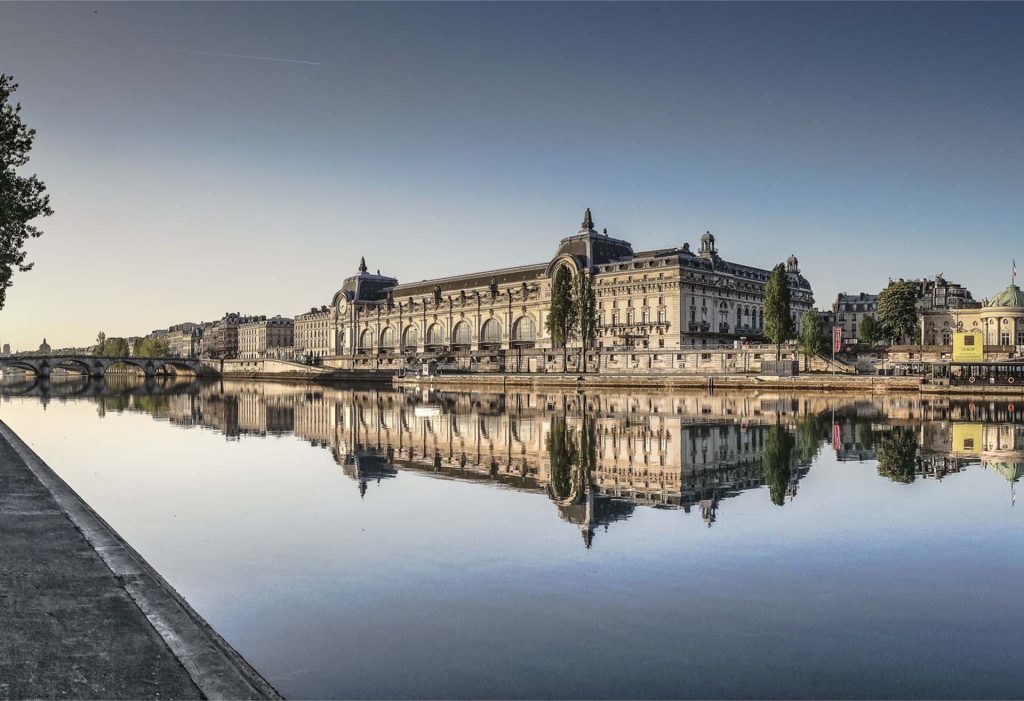
Choosing just three favorites from the Musée d’Orsay’s extensive collection is quite the challenge, but here are three artworks that have left a lasting impact:
- “Starry Night Over the Rhône” by Vincent van Gogh: Van Gogh’s portrayal of the night sky over the Rhône River in Arles is a mesmerizing testament to his emotional depth and unique artistic vision. Painted in 1888, this masterpiece captures the essence of the night—the shimmering stars reflected in the rippling water, the radiant gas lamps, and the tranquil yet vibrant atmosphere. The use of bold brushstrokes and vivid colors creates a sense of dynamism and ethereal beauty. The historical context, knowing that Van Gogh created this during a period of intense creativity and personal struggle, adds layers of emotion to the artwork. Standing before it, I feel a sense of awe at the artist’s ability to infuse such raw emotion and passion into a seemingly simple night scene.
- “Bal du moulin de la Galette” by Pierre-Auguste Renoir: Renoir’s lively depiction of an afternoon dance at the Moulin de la Galette in Montmartre is a celebration of life and leisure in late 19th-century Paris. Painted in 1876, this large-scale masterpiece captures the joyous ambiance of the scene—the swirling dancers, the animated conversations, and the play of light and shadow. The historical context places us amidst a burgeoning Parisian society, where the café culture and the artistic milieu intersect. The vibrant colors, the fluid brushstrokes, and the attention to human interaction evoke a sense of nostalgia and a longing for moments of simple happiness and camaraderie.
- “Luncheon on the Grass” by Édouard Manet: This controversial painting from 1863 challenges conventions and norms of the time. Depicting a nude woman casually seated among fully clothed men having a picnic, it sparked debates and controversies for its boldness and departure from traditional academic painting. The historical context is crucial here—Manet’s deliberate defiance of artistic norms challenged the established ideals of beauty, femininity, and societal norms. Personally, standing in front of this painting evokes a mix of fascination and contemplation. It prompts reflection on societal constructs, gender roles, and the power dynamics embedded in art and society.
Each of these artworks not only showcases the technical brilliance of the artists but also invites contemplation on the historical, social, and emotional layers that make them timeless and thought-provoking. Standing before them at the Musée d’Orsay, I couldn’t help but marvel at the depth of human expression and the capacity of art to transcend time and space, evoking emotions and sparking introspection.
Walking through the Musée d’Orsay is a journey through the soul of art and history. The experience evokes a myriad of emotions that resonate long after leaving its halls. As I navigated the museum’s corridors, each step felt like traversing a canvas of emotions, from awe to introspection.
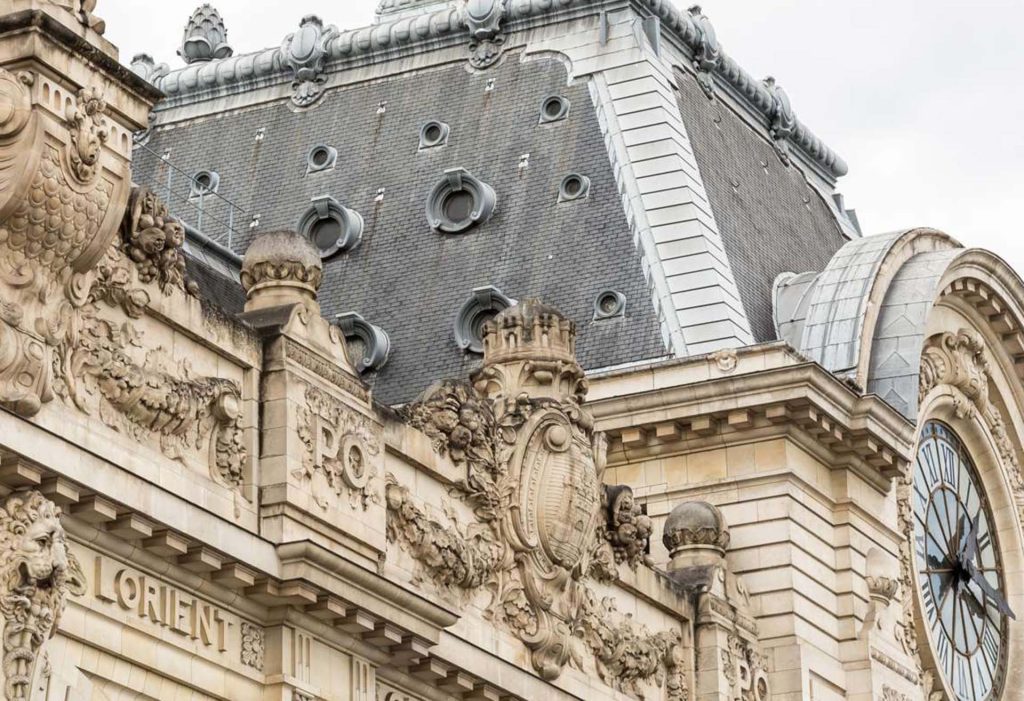
The journey began with the architectural marvel of the former railway station, a testament to the fusion of history and artistic preservation. Stepping into the grandeur of the main gallery, I was greeted by the ethereal glow of natural light cascading over iconic masterpieces. Van Gogh’s swirling night skies, Monet’s serene landscapes, and the lively scenes captured by Renoir and Manet—each artwork pulsated with life and narrative.
Emotions stirred within me, triggered by the depth of human expression, the defiance of norms, and the sheer beauty encapsulated in brushstrokes and sculptures. There were moments of profound introspection standing before paintings that challenged societal conventions and those that captured fleeting moments of joy and intimacy.
Walking through the halls of Musée d’Orsay, I felt a deep connection to the artists and their visions. The historical context infused each artwork with layers of significance, making the experience not just about admiring art but understanding the zeitgeist of an era, the struggles, the revolutions, and the moments of sheer brilliance.
To anyone contemplating a visit, I wholeheartedly encourage you to embark on this artistic odyssey yourself. The Musée d’Orsay isn’t just a museum; it’s an immersive experience that transcends time and place. It’s a chance to witness the evolution of art and culture, to be moved by the passion and creativity of artists who dared to challenge conventions and redefine beauty.
Explore the corridors, stand before the masterpieces, soak in the ambiance, and allow yourself to be transported through centuries of artistic expression. Let the Musée d’Orsay be more than a destination; let it be an emotional and intellectual journey that leaves an indelible mark on your soul—a journey through the artistic and cultural richness that defines the essence of human expression.
This structure can help in organizing your thoughts and experiences coherently while meeting the word count requirement. If you’d like, I can assist further by providing detailed content within each section based on this outline. Just let me know how you’d prefer to proceed!
